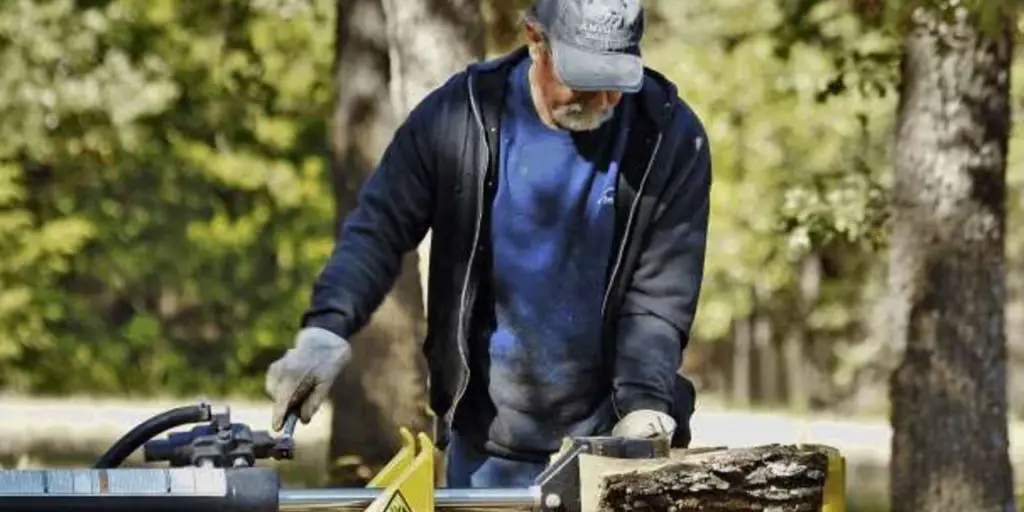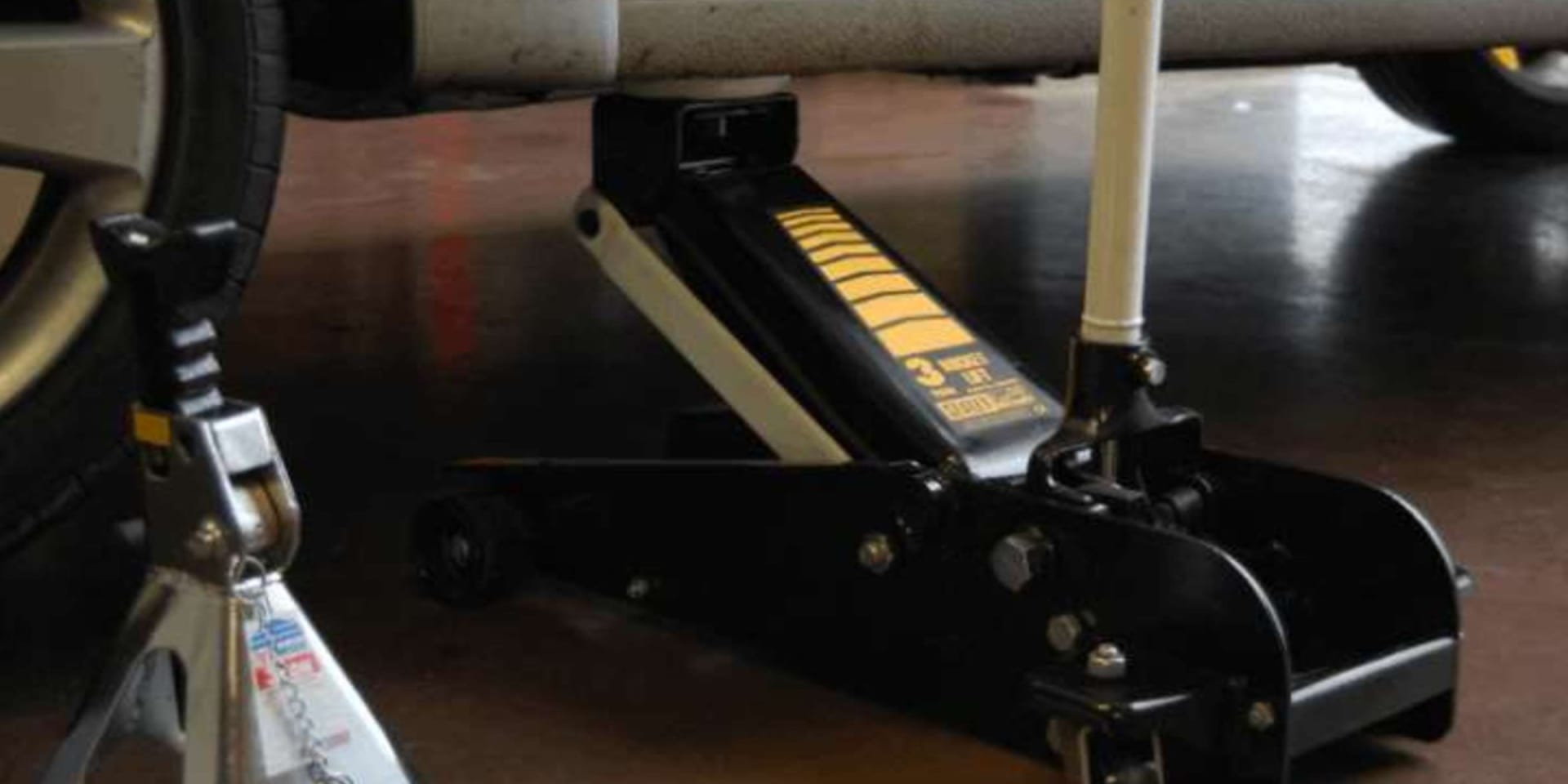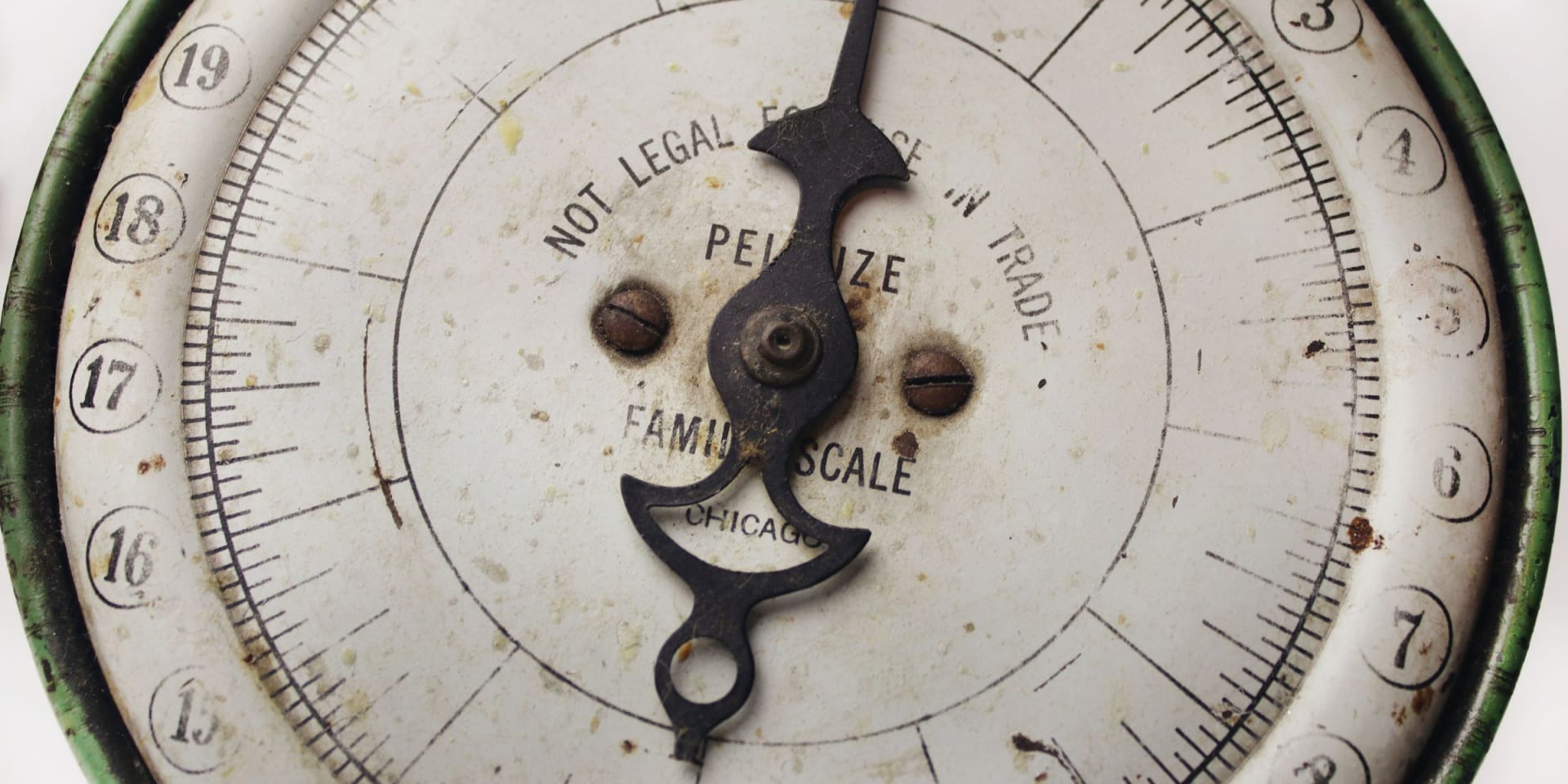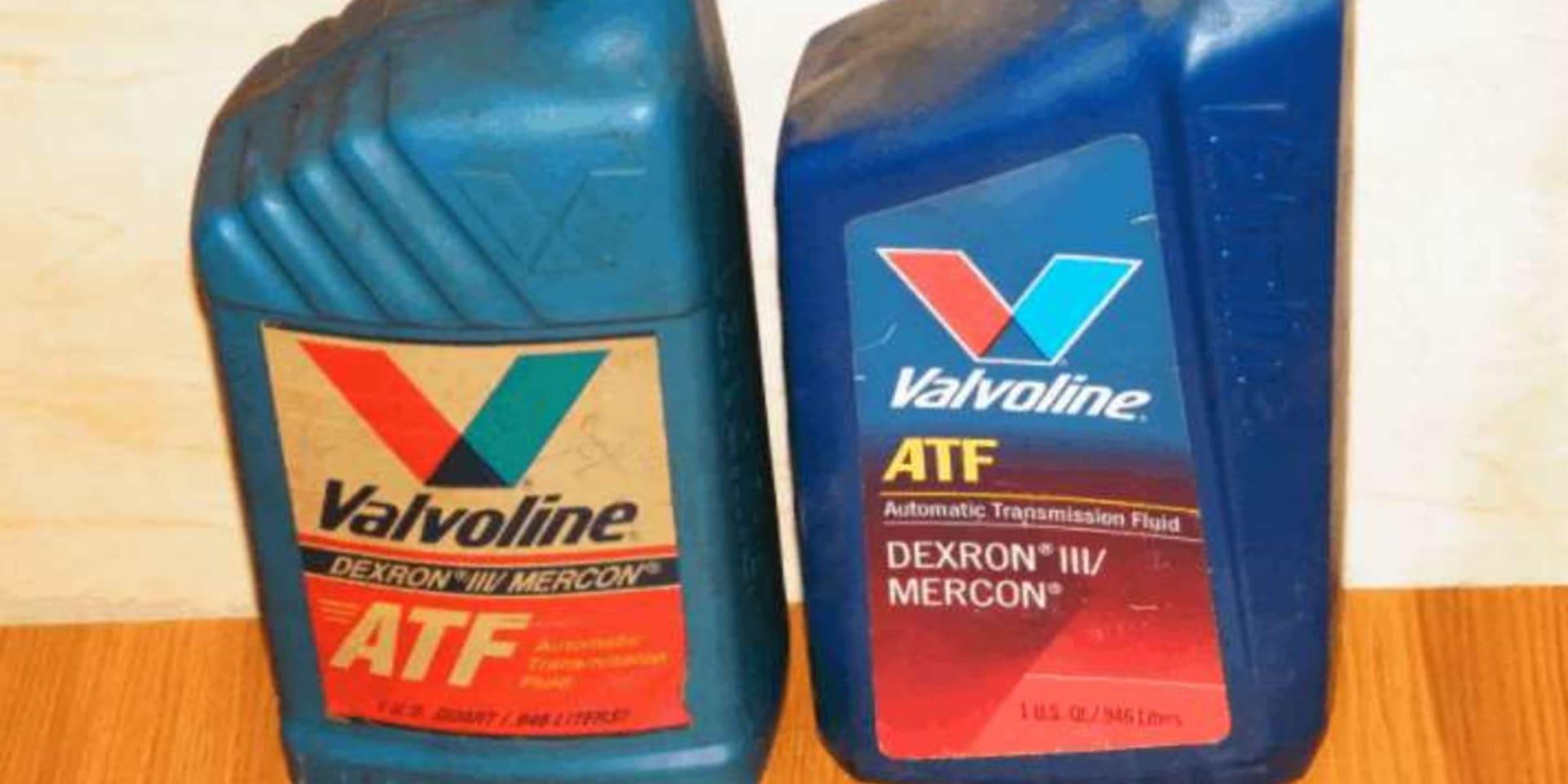Do You Sharpen a Log Splitter?
A log splitter is an important tool that you need at your home. The quality of wood that you get depends on the quality of the splitter. If it is blunt, then you won’t get enough firewood. Moreover, a sharp log splitter is an investment you shouldn’t ignore! A machine that’s dull or out of date can quickly turn a job into a nightmare, where wood chips fly about and makes you feel like you’ve been bashing up a chunk of concrete all day. Along with the pain, your body will get from repetitive motions performed for hours each day, you will also be wasting money on gas at an alarming rate.
That being said, do you need to sharpen a log splitter? How do you do it? What parts of the log splitter do you need to sharpen? How often should you do it? These and a lot more questions will surely be answered in this blog. So, what are you waiting for? Read on!

Table of Contents
How do Log Splitters Work?
Before diving into the sharpness of log splitters, we should first consider how a log splitter works. Whether your log splitter is a general or electric model, it is patterned to work similarly to that of a human using an ax to split wood. They are powered by a hydraulic pump system that may push the wood onto the blade or swings the blade toward the log to efficiently split it. It is relatively simple to use. You just have to place the log in a designated place then the log splitter will do all the work for you.
Is it Important to Sharpen a Log Splitter?
The short answer? YES! Of course, it is important to sharpen your log splitter. It won’t be justifying its function if it can’t effectively split the logs, right? But how do you sharpen a log splitter? What are the advantages of a sharp log splitter? How frequently should you sharpen your log splitter? Tune in for more information because we’re going to answer all of those questions in this blog!
What are the advantages of a Sharp Log Splitter?
The sharper your log splitter is, the more efficient you can cut your logs. You can also cut a lot more compared to when your log splitter is dull. More than that, you will not be afraid to take on most types of wood you can cut. Also, if you’re using the log splitter for firewood stockpiling, a sharp log splitter will help you cut the log in more similar sizes, making the storage relatively easy.
How do you Sharpen a Log Splitter?
If you’re feeling that your log splitter is taking too much time to cut wood or it’s no longer precise, then maybe it’s time to sharpen your log splitter. The first thing you should do is examine the Log Splitter Wedge for any signs of cracking. Remember, if you noticed a little bit of wear, that’s fine. However, if there are signs of cracking, you may have to completely replace the log splitter wedge because using the machine with cracks is highly dangerous. It may even be fatal for the user and the ones around him.
If you observed that the wedge is just a little dull, then you can go on and sharpen it. Firstly, examine the splitting point of your wedge and even out the chips and nicks using a coarse metal file. It is important to even out these imperfections because they could cause damage to your wedge when sharpened.
Finally, smoothen out the entire splitting point of the wedge including the sides, this ensures a nice, fine cut whenever you use it. Make sure to smooth both sides of the wedge evenly to ensure a consistent and fine cut the next time you use your log splitter.
How Often Should I Sharpen the Log Splitter Wedge?
The answer to this question heavily depends on how frequently you use your log splitters and the type of wood you normally split. For example, if you’re normally splitting soft types of wood like pine, then sharpening your log splitter wedge once every two weeks is enough. However, if you normally split hard types of wood like oak, then it is perfectly normal for you to sharpen your log splitter wedge every week.
Remember to follow the instructions of your log splitter’s manual if you’re planning to sharpen the wedge for the first time. Moreover, cleaning your wedge from time to time is a great help in maintaining the sharpness and efficiency of your wood splitter.
Conclusion
Log splitters are used for some of the most strenuous jobs around the yard and garden. However, with regular use, they can become clogged with accumulated dirt, dust, and debris that could inflict more damage on your machine. So you need to keep your log splitter clean and sharp at all times. Remember, it is both your responsibility and privilege to be able to use and clean your own log splitter at home.



